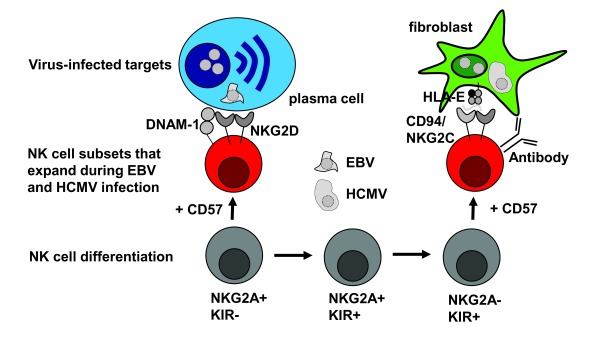Figure 1. Differentiation and stimulation of human natural killer (NK) cells during Epstein-Barr virus (EBV) and human cytomegalovirus (HCMV) infection.
Human NK cells differentiate with acquisition of killer immunoglobulin-like receptor (KIR) expression and lose NKG2A expression upon terminal differentiation. Expression of the senescence marker CD57 removes NK cell subpopulations from this differentiation. Lytically EBV-replicating plasma cells are preferentially recognized by early differentiated NK cells via their NKG2D and DNAX accessory molecule-1 (DNAM-1) receptors, while HCMV-infected cells expand terminally differentiated NK cells via CD94/NKG2C stimulation by HCMV peptide-presenting human leukocyte antigen (HLA)-E molecules. HCMV-infected cells are targeted by these terminally differentiated NK cells after antibody opsonization.

